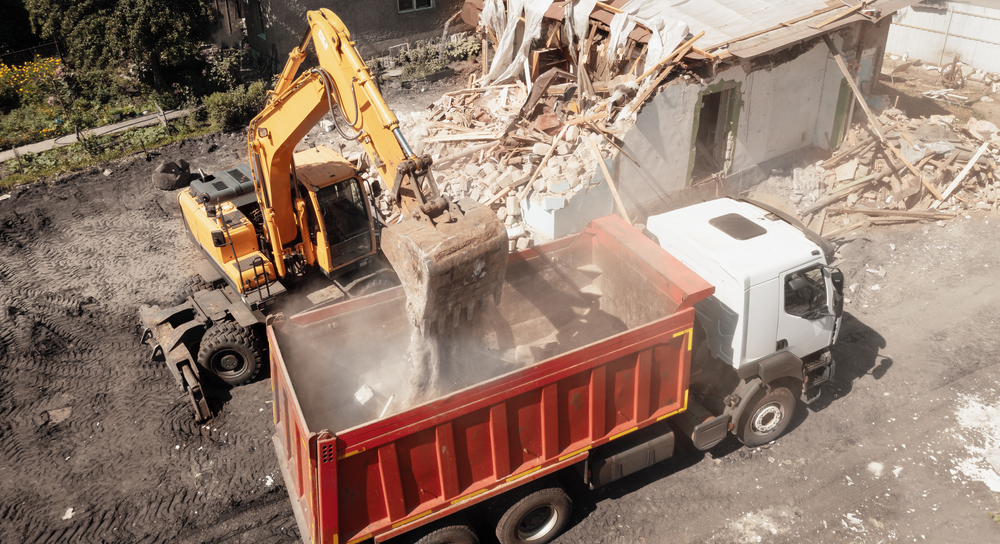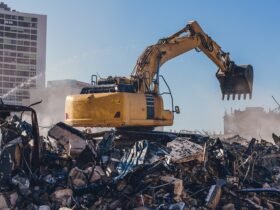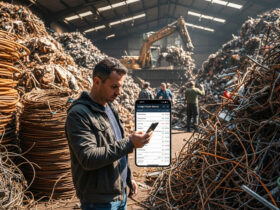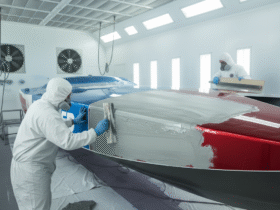The demolition industry is undergoing a remarkable transformation, driven by technological advancements, environmental concerns, and the need for greater efficiency. Traditional wrecking balls and brute-force methods are being replaced by smarter, safer, and more sustainable techniques. From AI-powered machinery to eco-friendly demolition practices, the latest trends are revolutionizing how structures are taken down.
This blog explores the cutting-edge technologies and methodologies that are setting new standards in demolition. Whether you’re a contractor, developer, or simply interested in construction innovations, understanding these trends will provide valuable insights into the future of urban development and infrastructure renewal.
The Shift Toward Smart Demolition Equipment
One of the most significant changes in demolition is the integration of smart technology into heavy machinery. Modern excavators, bulldozers, and robotic demolition tools now come equipped with GPS tracking, real-time monitoring, and automated controls. These features allow operators to work with greater precision, reducing the risk of collateral damage to nearby structures.
Telematics systems are also becoming standard in demolition equipment. These systems collect data on machine performance, fuel efficiency, and maintenance needs, helping companies optimize their operations. Predictive analytics can even forecast potential equipment failures before they occur, minimizing downtime and repair costs.
Robotic Demolition: Precision and Safety Redefined
Robotic demolition machines are gaining popularity due to their ability to operate in hazardous environments without risking human lives. These remote-controlled or autonomous machines can navigate tight spaces, handle unstable structures, and perform high-risk tasks such as asbestos removal.
Equipped with hydraulic breakers, crushers, and cutting tools, robotic demolition units offer unparalleled precision. They are particularly useful in urban areas where space is limited and safety is a top priority. Some advanced models even feature 360-degree cameras and AI-assisted navigation to improve accuracy further.
3D Scanning and Building Information Modeling
Before any demolition begins, understanding the structure’s layout is crucial. 3D laser scanning and Building Information Modeling (BIM) have become indispensable tools for demolition planning. These technologies create detailed digital replicas of buildings, allowing engineers to identify load-bearing walls, hazardous materials, and structural weaknesses.
By using BIM, contractors can simulate different demolition strategies and choose the most efficient approach. This reduces unexpected complications and ensures a smoother workflow. Additionally, 3D scanning helps in post-demolition analysis, verifying that all debris has been cleared and the site is ready for the next phase of construction.
Sustainable Demolition Practices and Material Recycling
Environmental sustainability is no longer an afterthought in demolition—it’s a core focus. The industry is increasingly adopting green demolition practices, prioritizing material recycling and waste reduction. Instead of sending tons of debris to landfills, contractors now sort and repurpose materials like concrete, steel, and wood.
Advanced crushing machines can process concrete and masonry into reusable aggregates for new construction projects. Similarly, metal components are separated and sent to recycling facilities. Some companies are even experimenting with biodegradable demolition materials to minimize environmental impact further.
Hydro demolition: A Water-Based Alternative
Hydro demolition is emerging as a preferred method for selective concrete removal. Using ultra-high-pressure water jets, this technique erodes damaged concrete while leaving reinforcement bars intact. Unlike traditional jackhammering, hydro demolition produces no vibrations, reducing the risk of micro-cracks in surrounding structures.
This method is particularly beneficial for bridge repairs, parking garages, and historical buildings where precision is critical. It also generates less dust and noise, making it ideal for urban environments.
Drones for Site Surveying and Progress Monitoring
Drones are revolutionizing demolition site management by providing aerial surveys and real-time progress tracking. Equipped with high-resolution cameras and LiDAR sensors, drones can capture detailed images of structures before, during, and after demolition.
These aerial insights help project managers monitor safety compliance, track debris removal, and ensure that the demolition is proceeding according to plan. Drones also reduce the need for manual inspections in dangerous areas, enhancing overall site safety.
Explosive Demolition with Enhanced Precision
While implosions have been used for decades, recent advancements in explosive demolition have made the process more controlled and predictable. Engineers now use computer simulations to determine the exact placement and timing of explosives, ensuring that buildings collapse inward without affecting neighboring properties.
New biodegradable explosives and reduced-noise detonation techniques are also being developed to minimize environmental and community impact. These innovations make explosive demolition a viable option even in densely populated areas.
Augmented Reality (AR) for Training and Planning
Augmented Reality (AR) is transforming how demolition professionals train and plan projects. AR headsets can overlay digital blueprints onto real-world environments, helping workers visualize structural components before demolition begins.
This technology is especially useful for training new operators, allowing them to practice in a virtual environment before handling real machinery. AR also aids in identifying hidden utilities and structural weaknesses, reducing the likelihood of accidents.
Noise and Dust Suppression Technologies
Urban demolition projects must comply with strict noise and air quality regulations. To address this, companies are adopting advanced suppression systems such as:
- Misting cannons that neutralize airborne dust particles.
- Acoustic barriers to dampen noise pollution.
- Electric-powered machinery that operates more quietly than diesel equipment.
These technologies help demolition teams work in compliance with environmental standards while minimizing disruptions to surrounding communities.
The Rise of Autonomous Demolition Equipment
Fully autonomous demolition machines are on the horizon, with prototypes already being tested. These self-operating robots use AI and machine learning to analyze structures, plan demolition sequences, and execute tasks without human intervention.
While still in development, autonomous demolition equipment promises to improve efficiency, reduce labor costs, and enhance safety by eliminating the need for workers in high-risk zones.
Conclusion: Embracing the Future of Demolition
The demolition industry is evolving rapidly, with technology playing a central role in shaping its future. From robotic machinery and 3D scanning to sustainable practices and autonomous equipment, these innovations are making demolition safer, more efficient, and environmentally friendly.
As urbanization continues and infrastructure demands grow, adopting these advanced techniques will be crucial for meeting regulatory standards, reducing costs, and minimizing ecological impact. Contractors and developers who embrace these trends will not only stay ahead of the competition but also contribute to a more sustainable and technologically advanced construction landscape.










Leave a Review